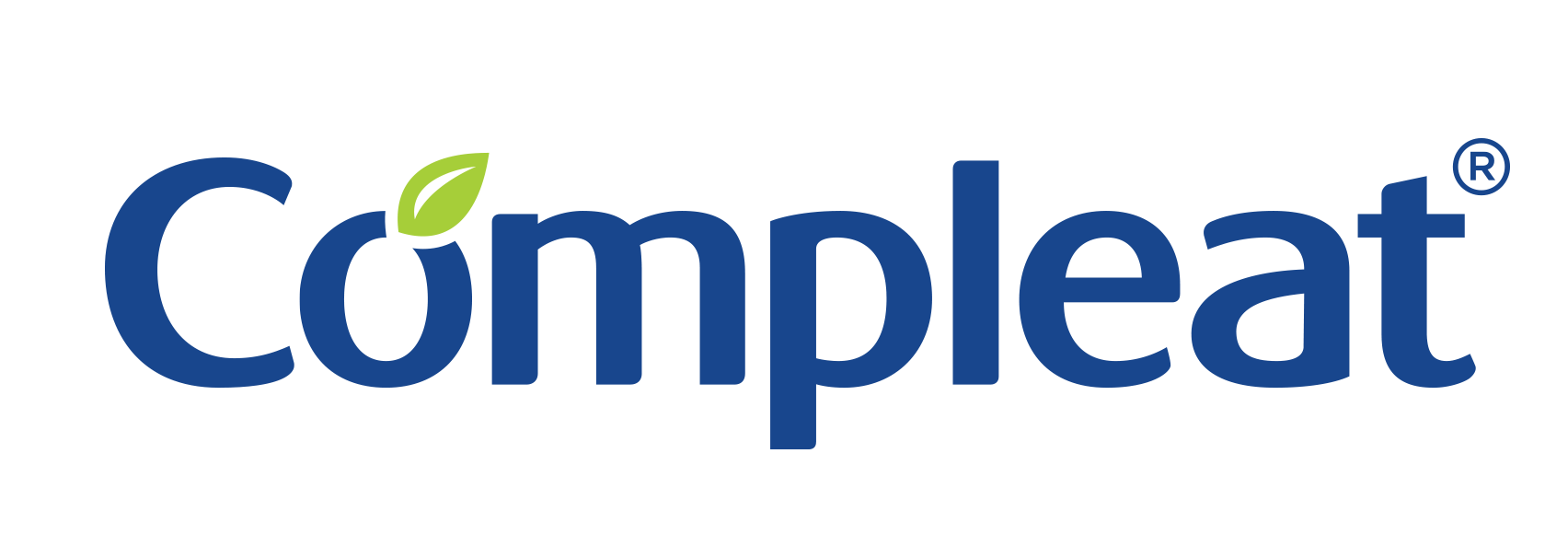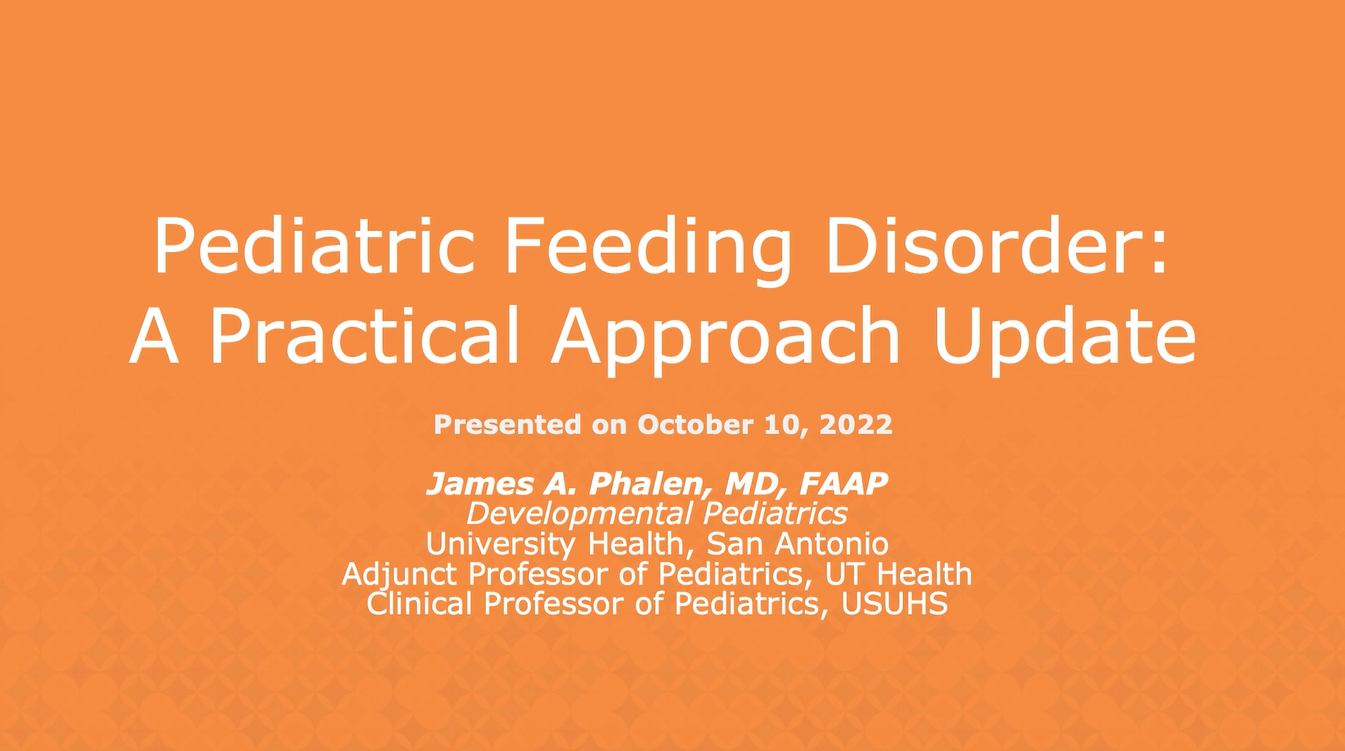Healthy Growing
Healthy Growing
Establishing healthy dietary patterns early in life can provide children with the foundation they need to support healthy growth and development. The diet quality of the average child, however, falls far short of specific nutrient needs based on the Dietary Guidelines for Americans.
In fact, on the Health Eating Index (HEI)* Scale of zero to 100, U.S. toddlers between the ages of two and four score an average diet quality score of 61 points. By age 14-18 years, that HEI score drops to 51.1
Foods and beverages containing protein and essential vitamins and minerals can help close nutrient gaps. From powders and ready-to-drink options with a variety of flavors to choose from, Nestlé Health Science offers a variety of kid-tailored, nutrient-packed options to help promote normal growth for children and teens.
* The Healthy Eating Index is a measure of diet quality that can be used to assess compliance with the Dietary Guidelines. A score of 100 indicates that recommendations on average were met or exceeded. A higher total score indicates a higher quality diet.
Healthy Growing
Healthy Growing
Establishing healthy dietary patterns early in life can provide children with the foundation they need to support healthy growth and development. The diet quality of the average child, however, falls far short of specific nutrient needs based on the Dietary Guidelines for Americans.
In fact, on the Health Eating Index (HEI)* Scale of zero to 100, U.S. toddlers between the ages of two and four score an average diet quality score of 61 points. By age 14-18 years, that HEI score drops to 51.1
Foods and beverages containing protein and essential vitamins and minerals can help close nutrient gaps. From powders and ready-to-drink options with a variety of flavors to choose from, Nestlé Health Science offers a variety of kid-tailored, nutrient-packed options to help promote normal growth for children and teens.
* The Healthy Eating Index is a measure of diet quality that can be used to assess compliance with the Dietary Guidelines. A score of 100 indicates that recommendations on average were met or exceeded. A higher total score indicates a higher quality diet.



































